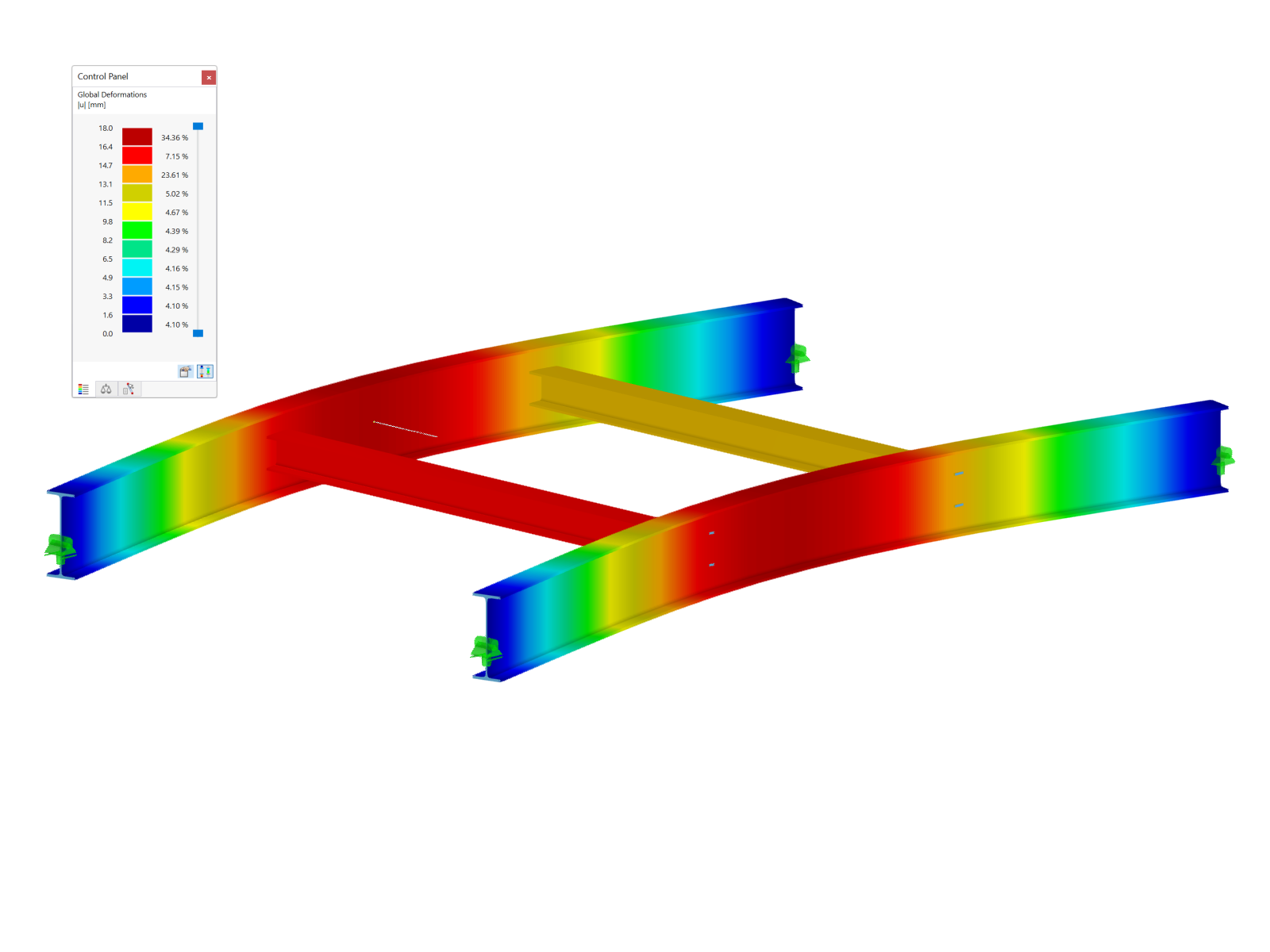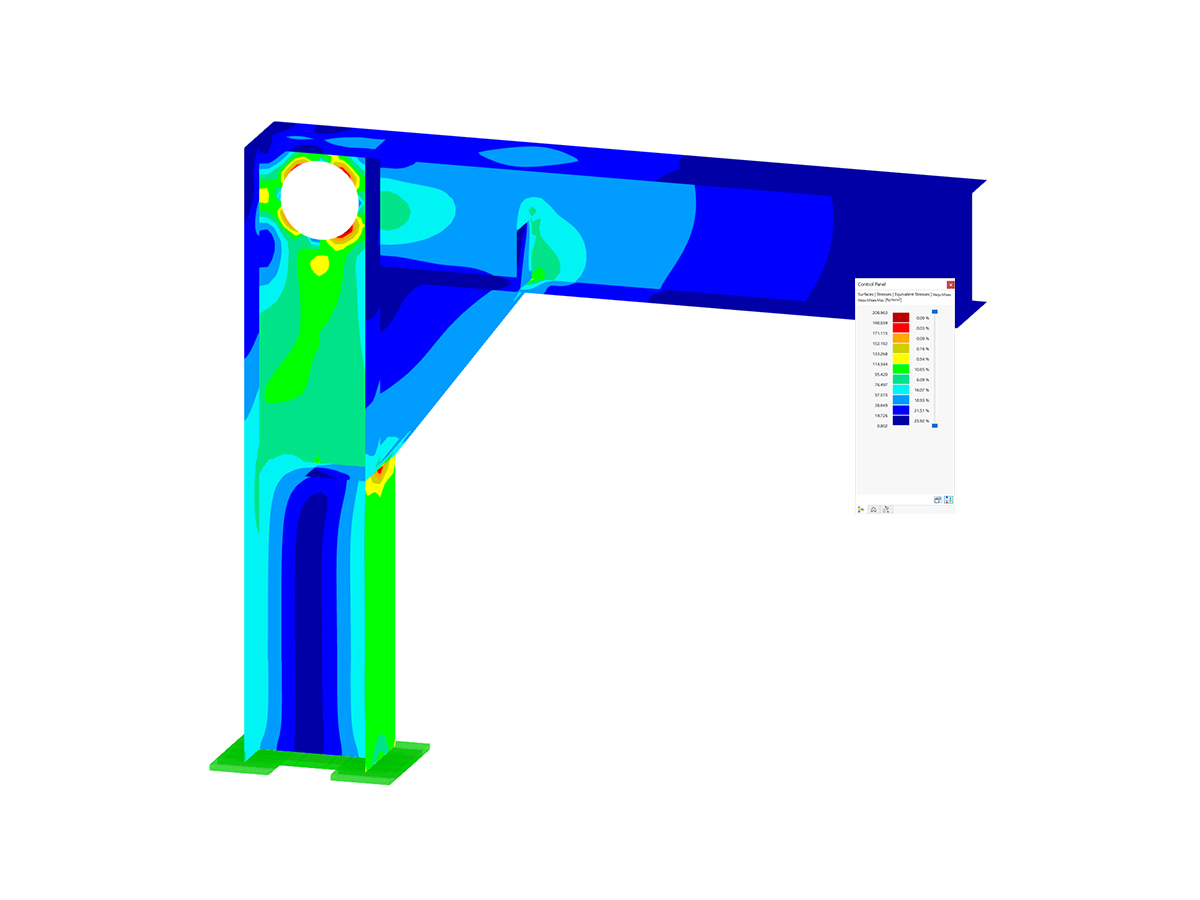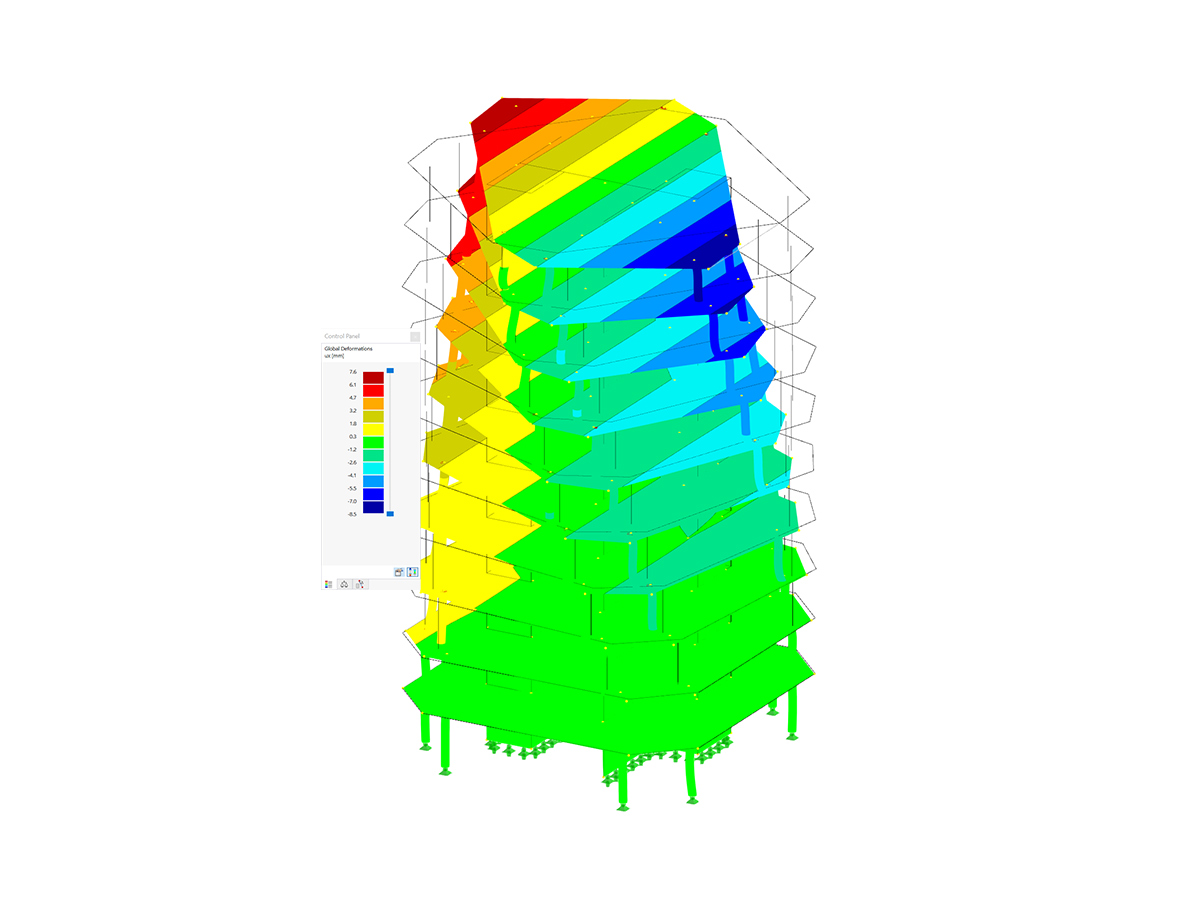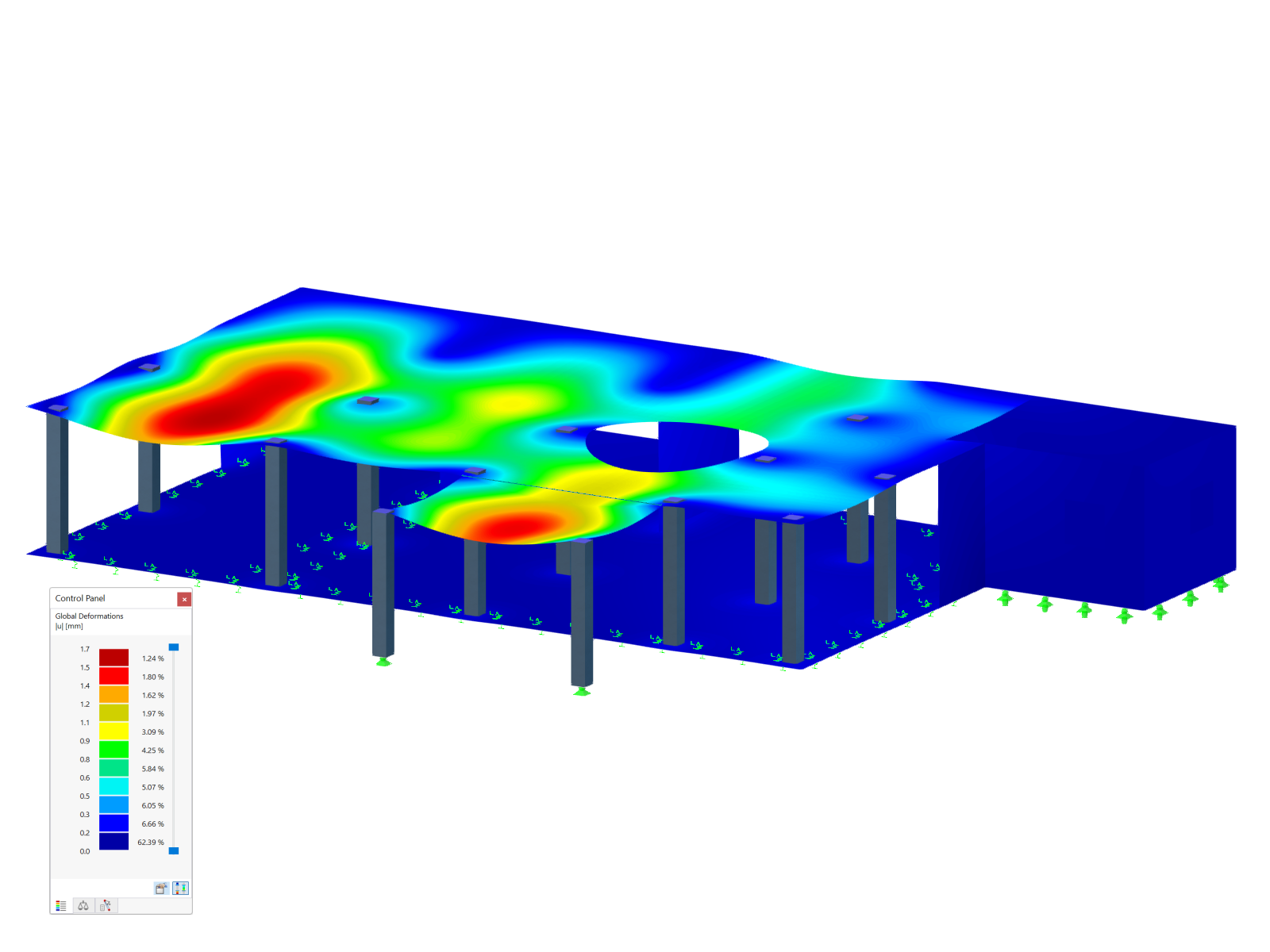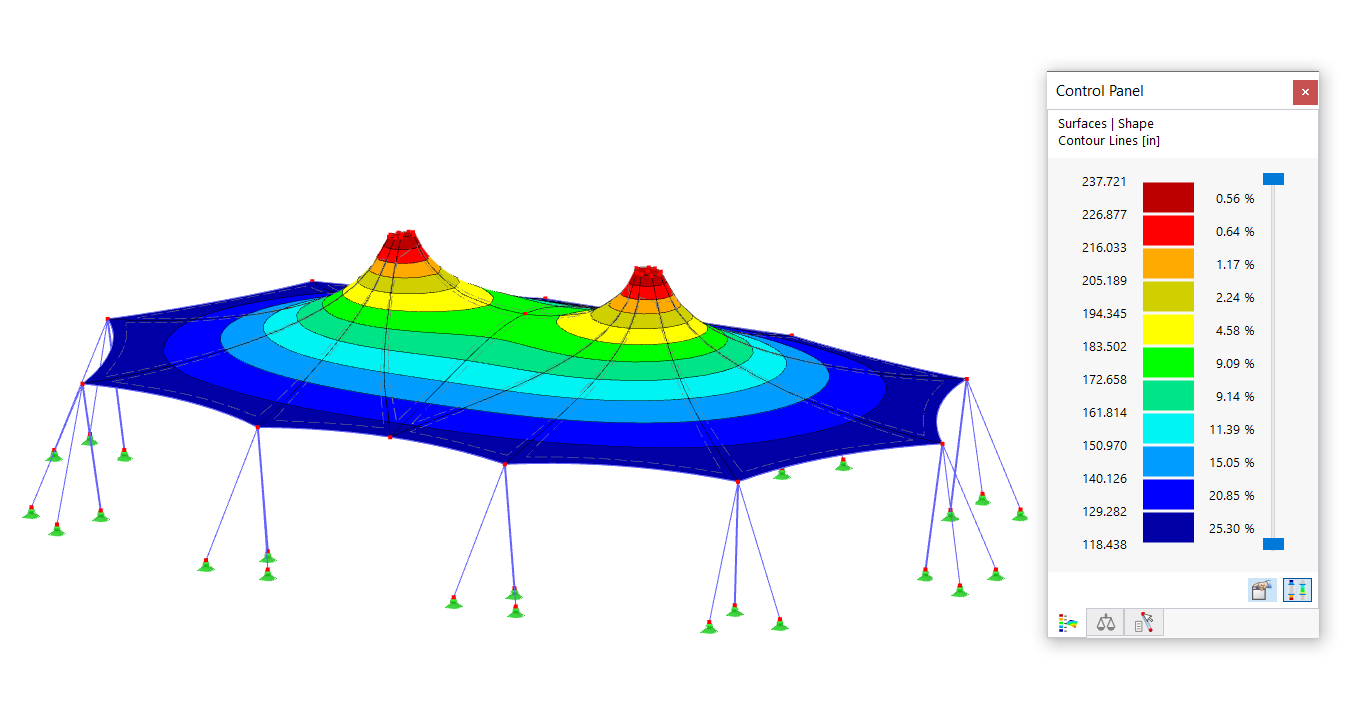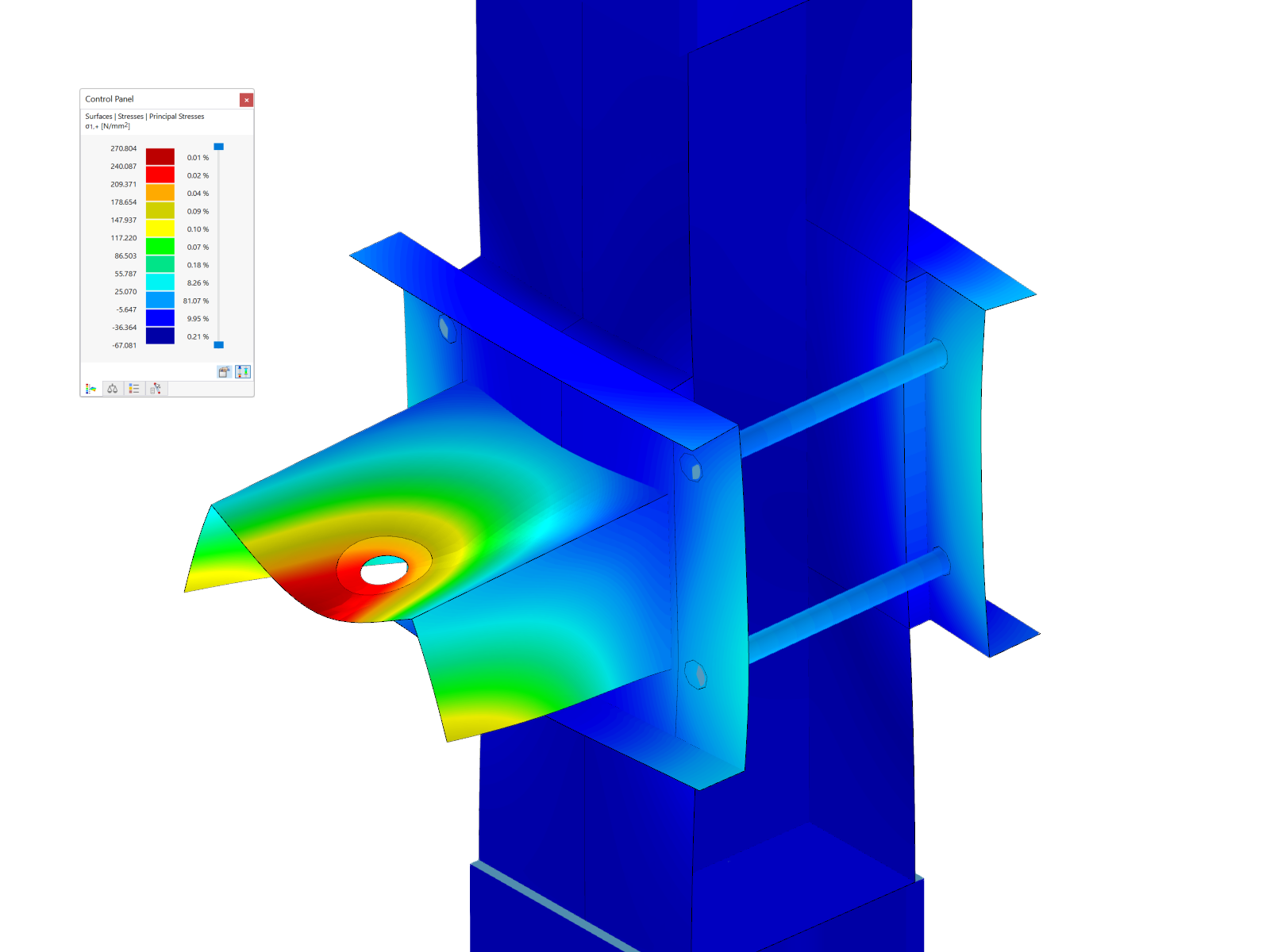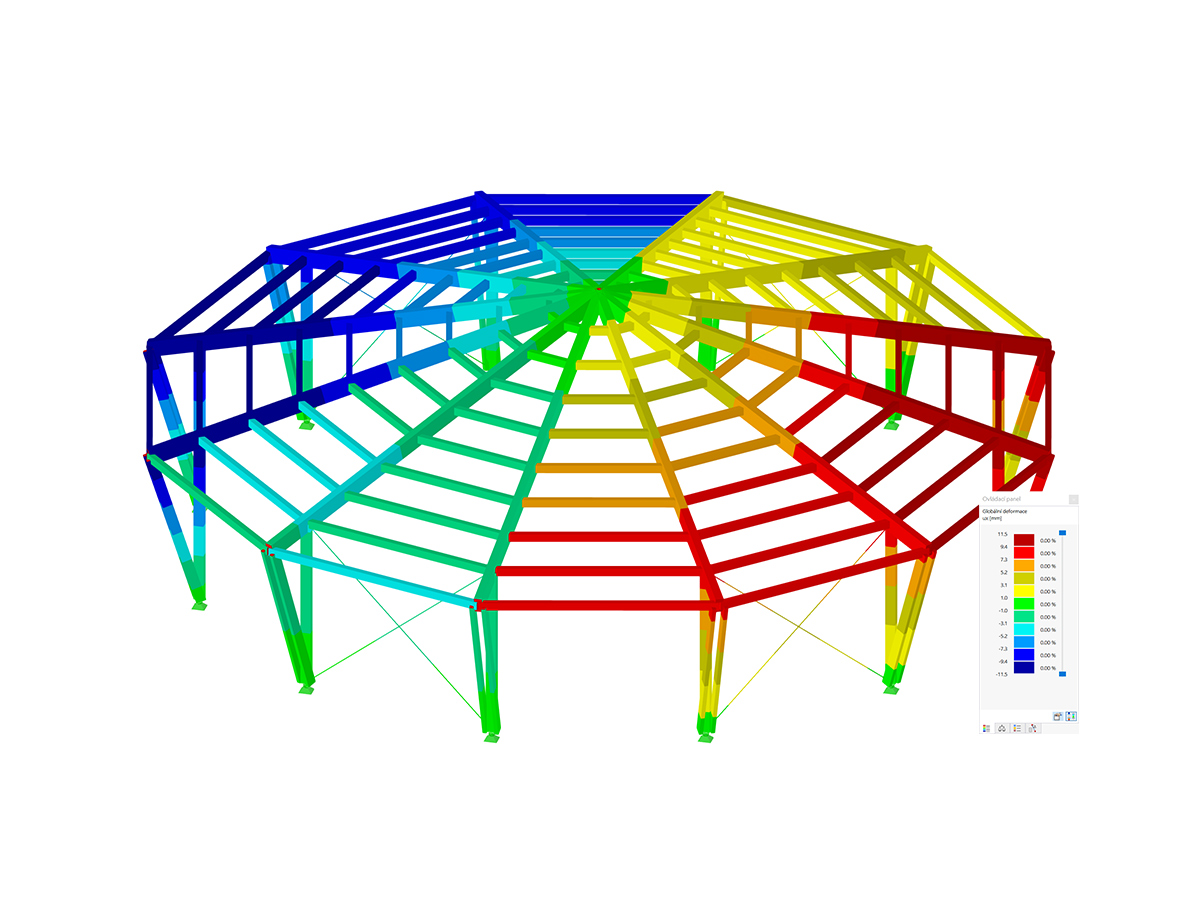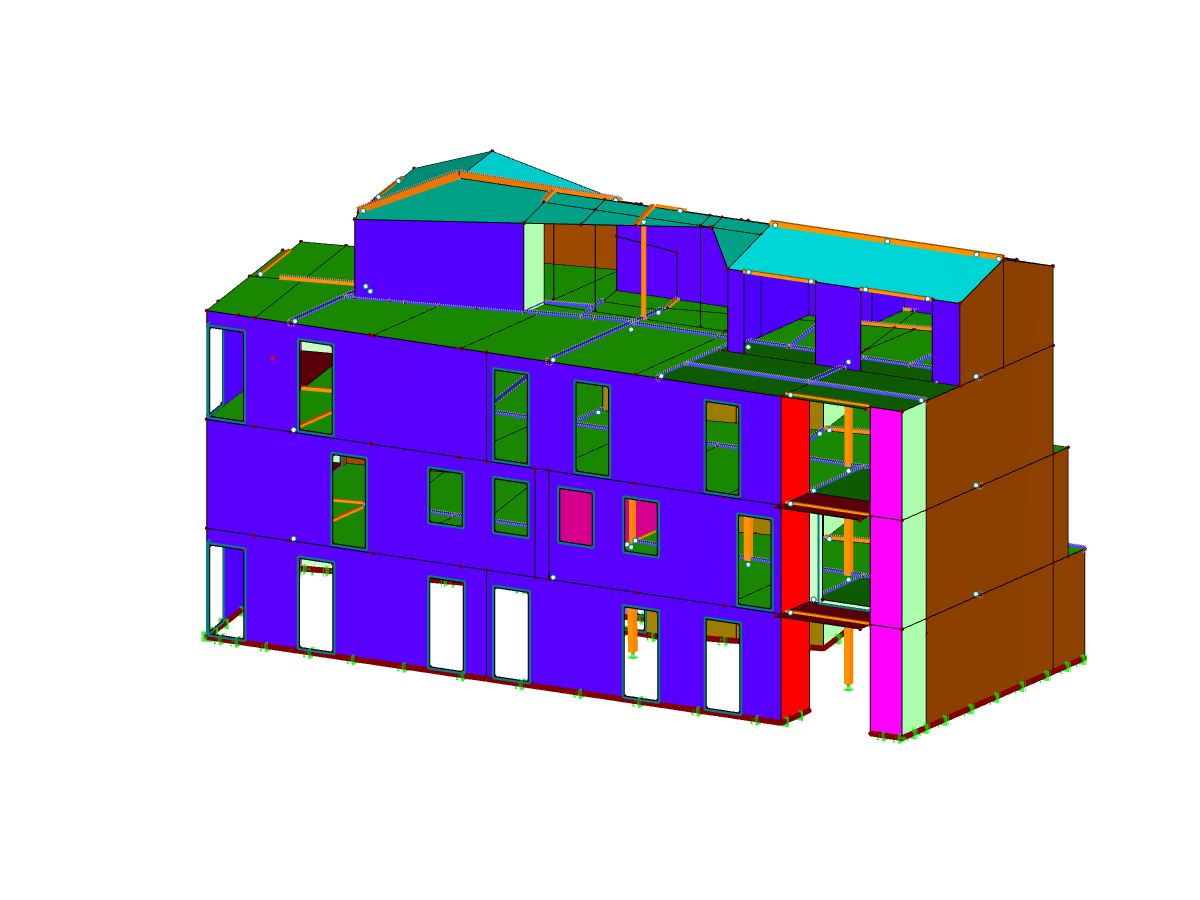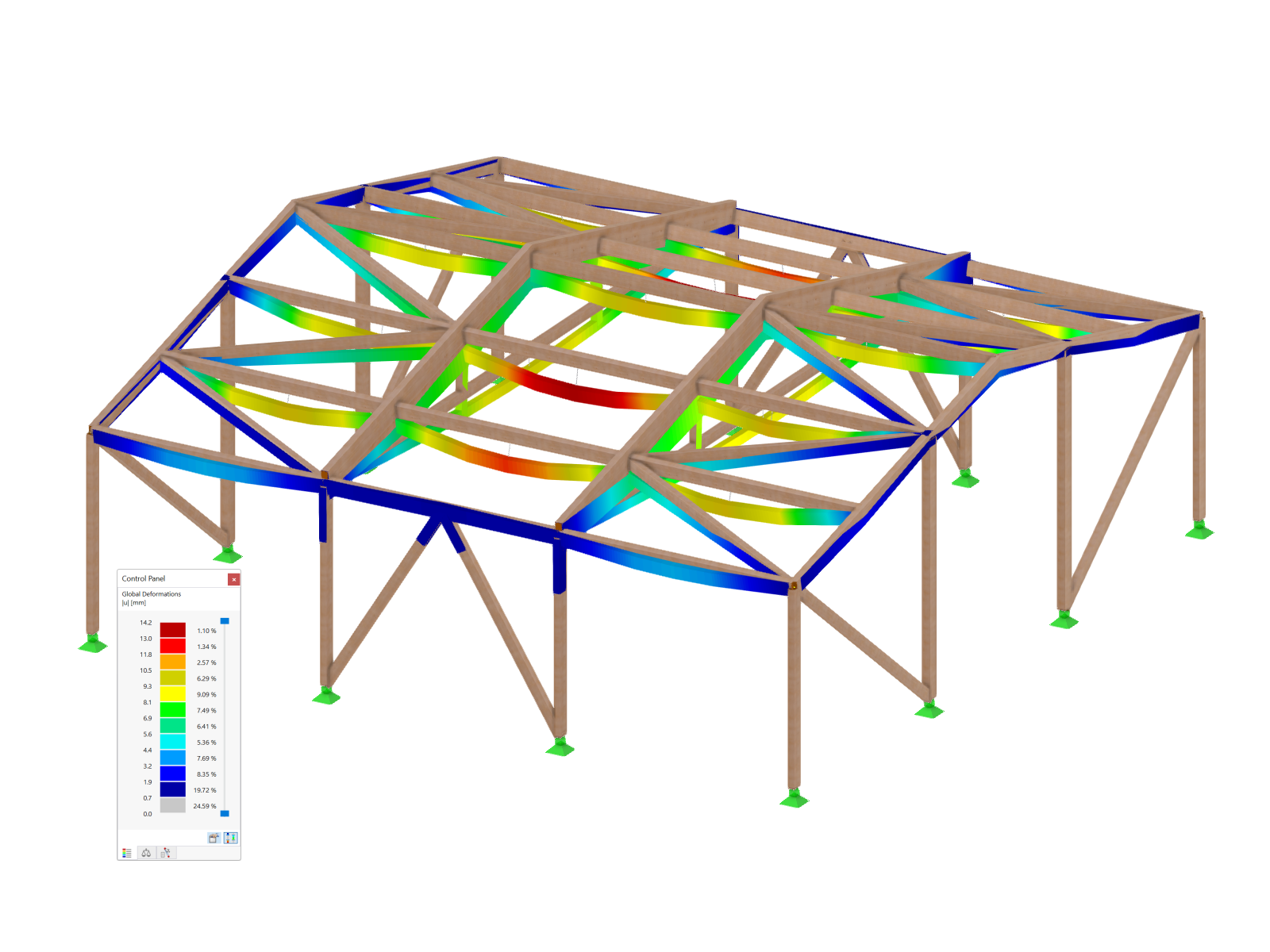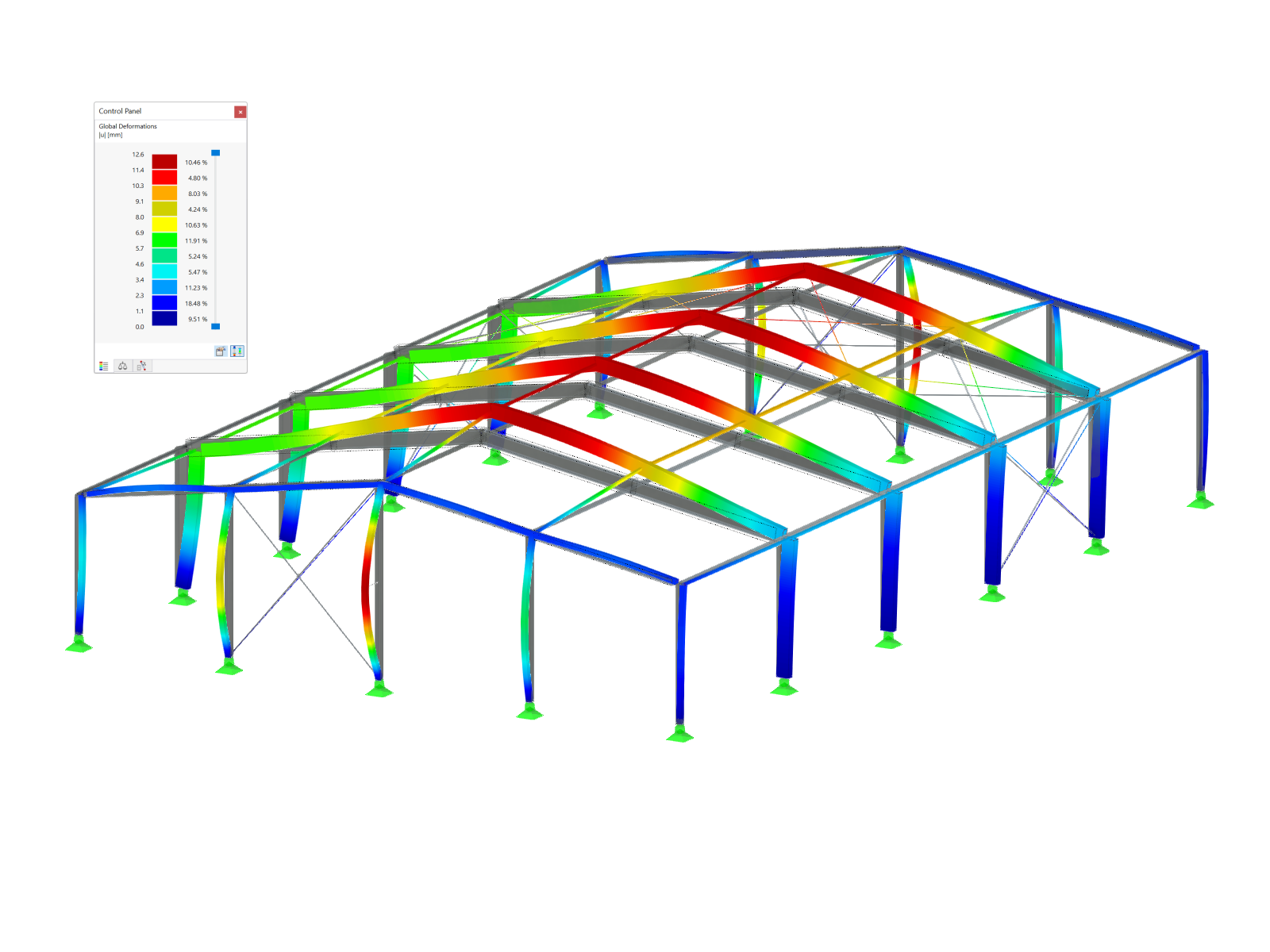Yes, it is. The Special Options of the Line Welded Joint Configurations provide you with the option to activate the consideration of the weld eccentricity. This is not always necessary. For example, according to EN 1993‑1‑8 [1], Section 4.12, the weld eccentricity can be neglected if a hollow section is connected uniformly over the entire perimeter, or if the eccentricity leads to an increase of compressive stresses in the weld root.
Considering Weld Eccentricity in RFEM 6
Is it possible to consider the eccentricity of unsymmetrical line welds for the stress analysis in RFEM 6?
Dr. Bien is responsible for the development of products for steel structures and provides technical support for our customers.
- European Committee for Standardization. (2009). Eurocode 3: Design of Steel Structures – Part 1-8: Design of Joints; EN 1993‑1‑8:2005 + AC:2009. Berlin: Beuth Verlag GmbH.


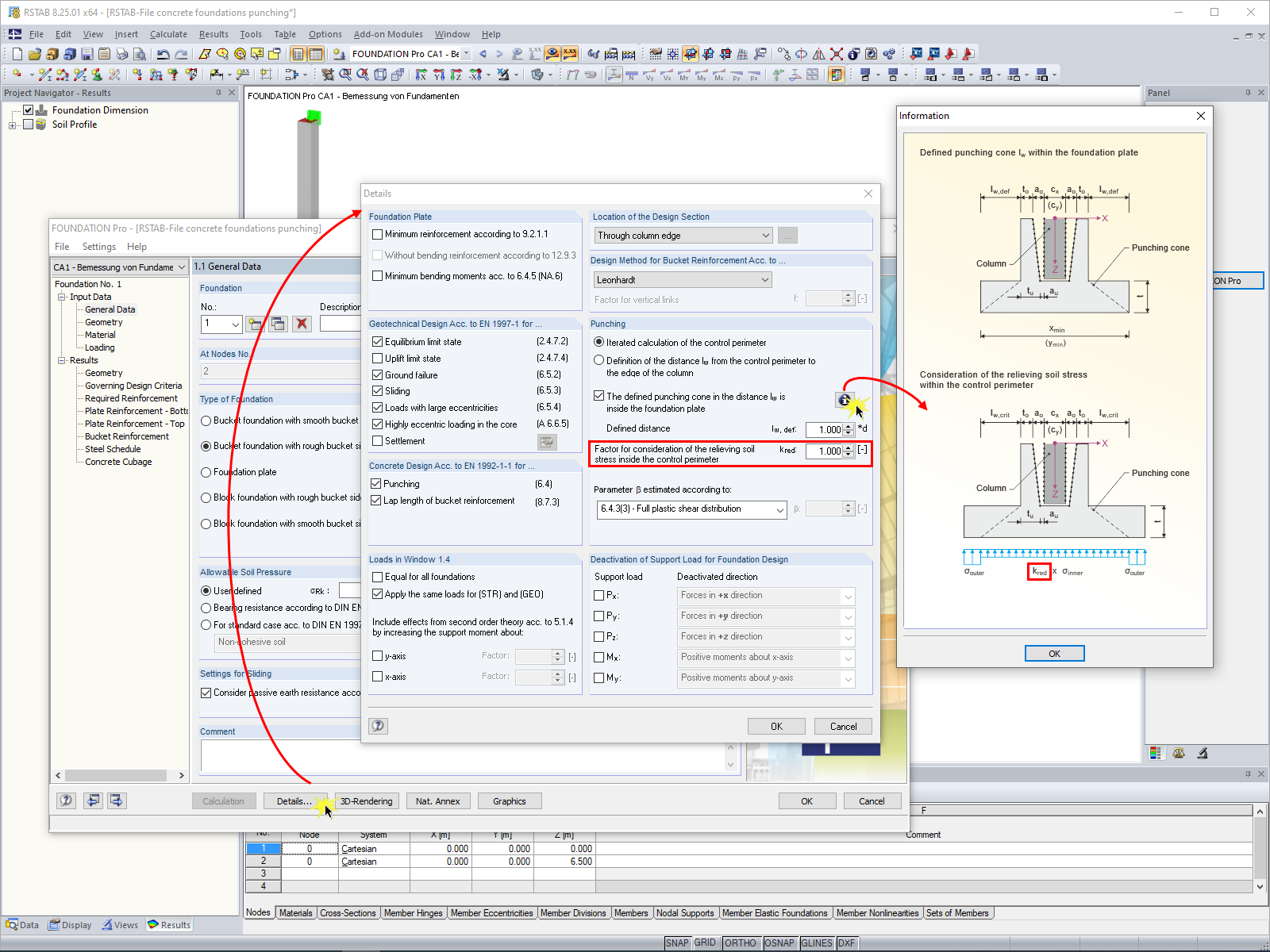

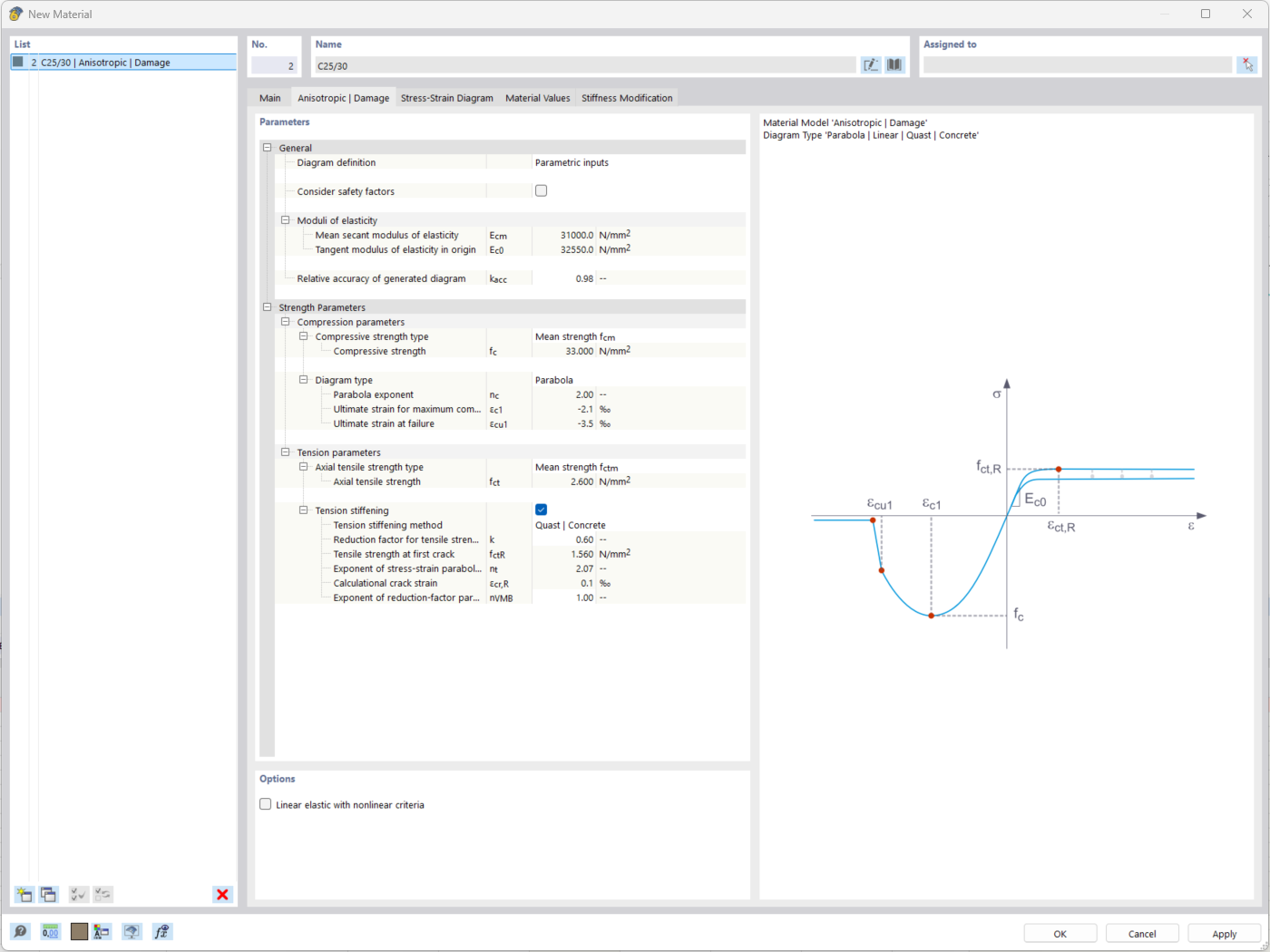
The "Nonlinear Material Behavior" add-on includes the Anistropic | Damage material model for concrete structural components. This material model allows you to consider concrete damage for members, surfaces, and solids.
You can define an individual stress-strain diagram via a table, use the parametric input to generate the stress-strain diagram, or use the predefined parameters from the standards. Furthermore, it is possible to consider the tension stiffening effect.
For the reinforcement, both nonlinear material models "Isotropic | Plastic (Members)" and "Isotropic | Nonlinear Elastic (Members)" are available.
It is possible to consider the long-term effects due to creep and shrinkage using the "Static Analysis | Creep & Shrinkage (Linear)" analysis type that has been recently released. Creep is taken into account by stretching the stress-strain diagram of the concrete using the factor (1+phi), and shrinkage is taken into account as the pre-strain of the concrete. More detailed time step analyses are possible using the "Time-Dependent Analysis (TDA)" add-on.
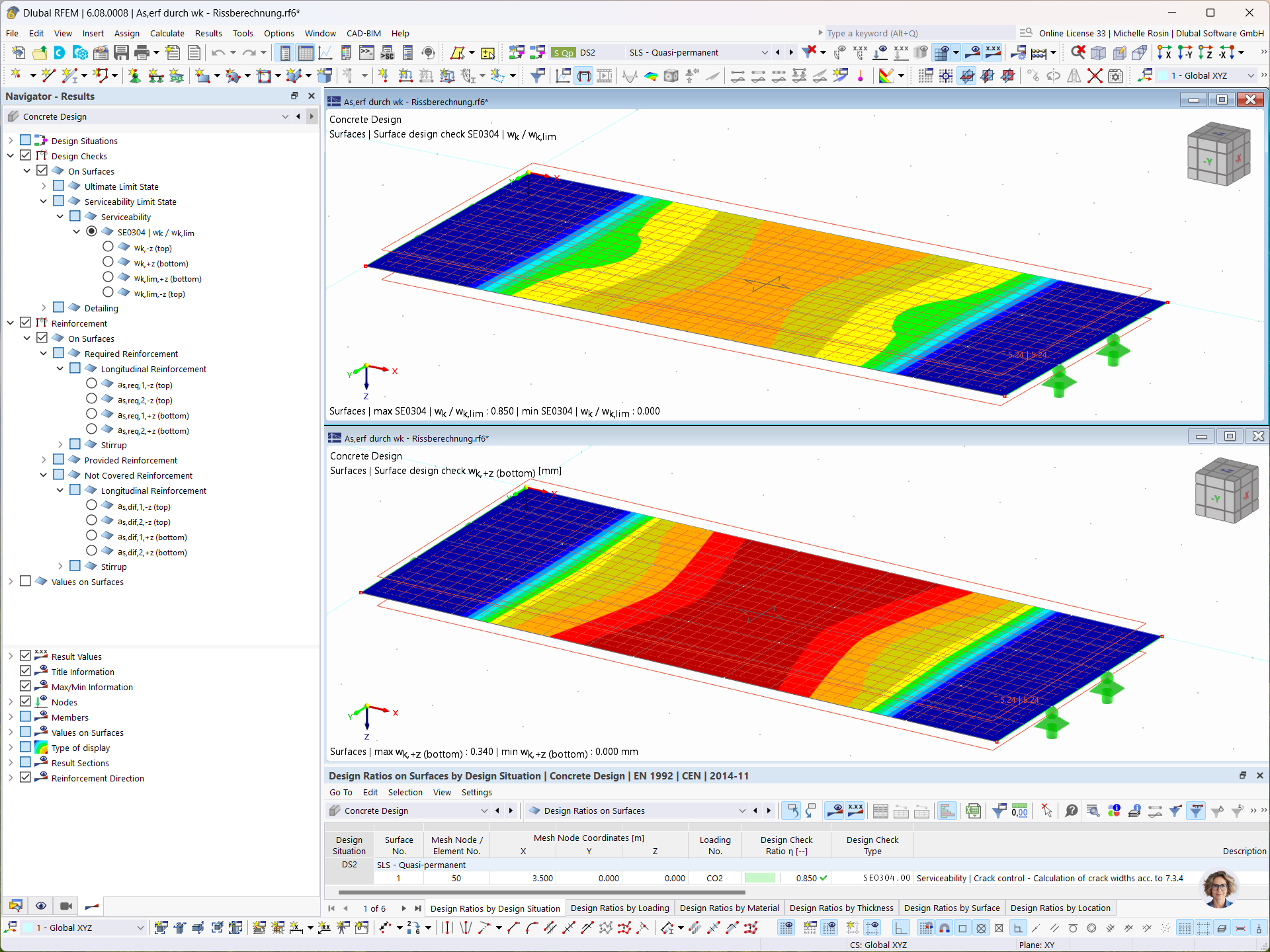
In the Concrete Design add-on, you can determine the required longitudinal reinforcement for the direct crack width analysis (w k).
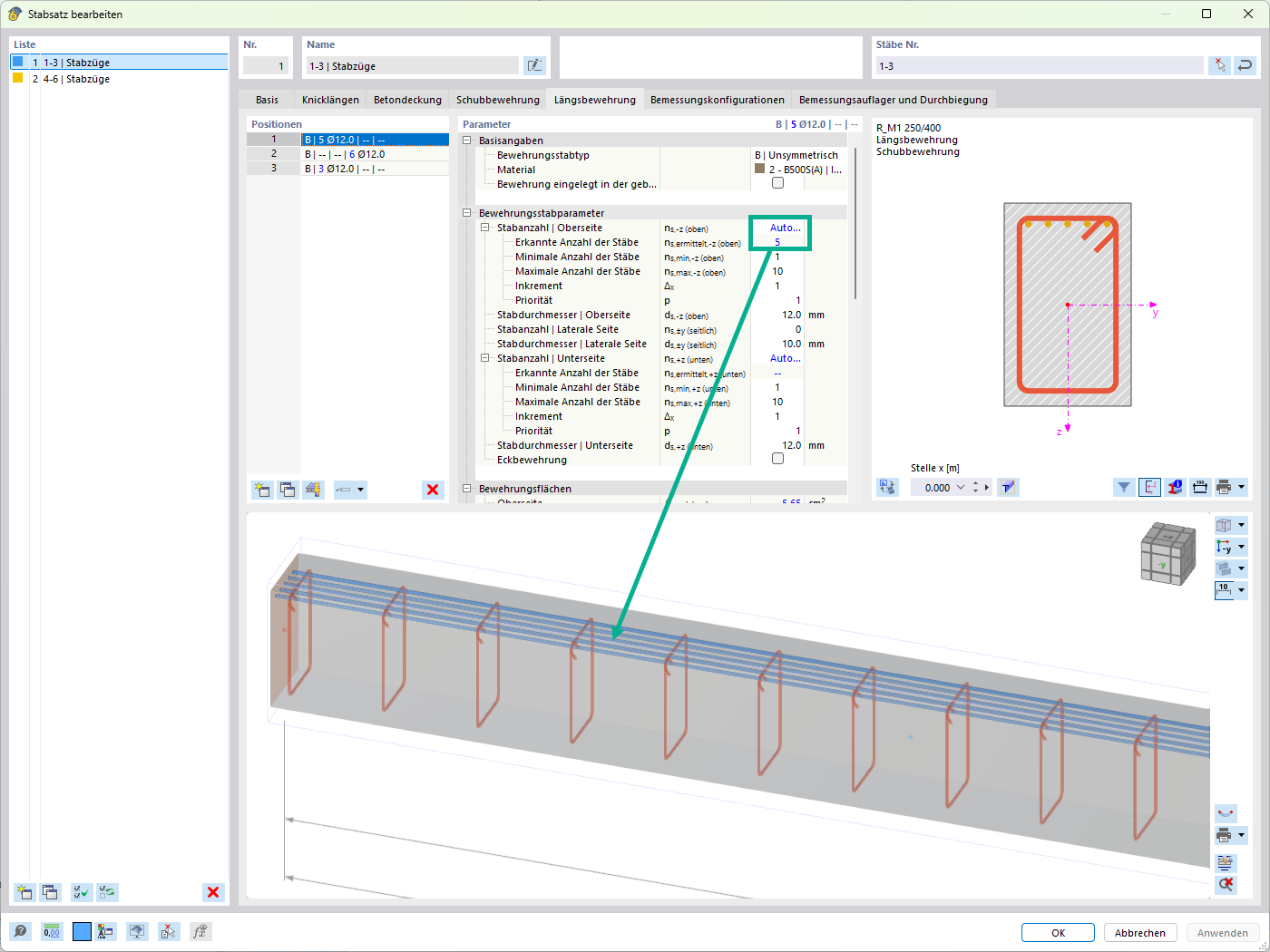
For the design of reinforced concrete members, there is the option to automatically determine the number or diameter of rebars.
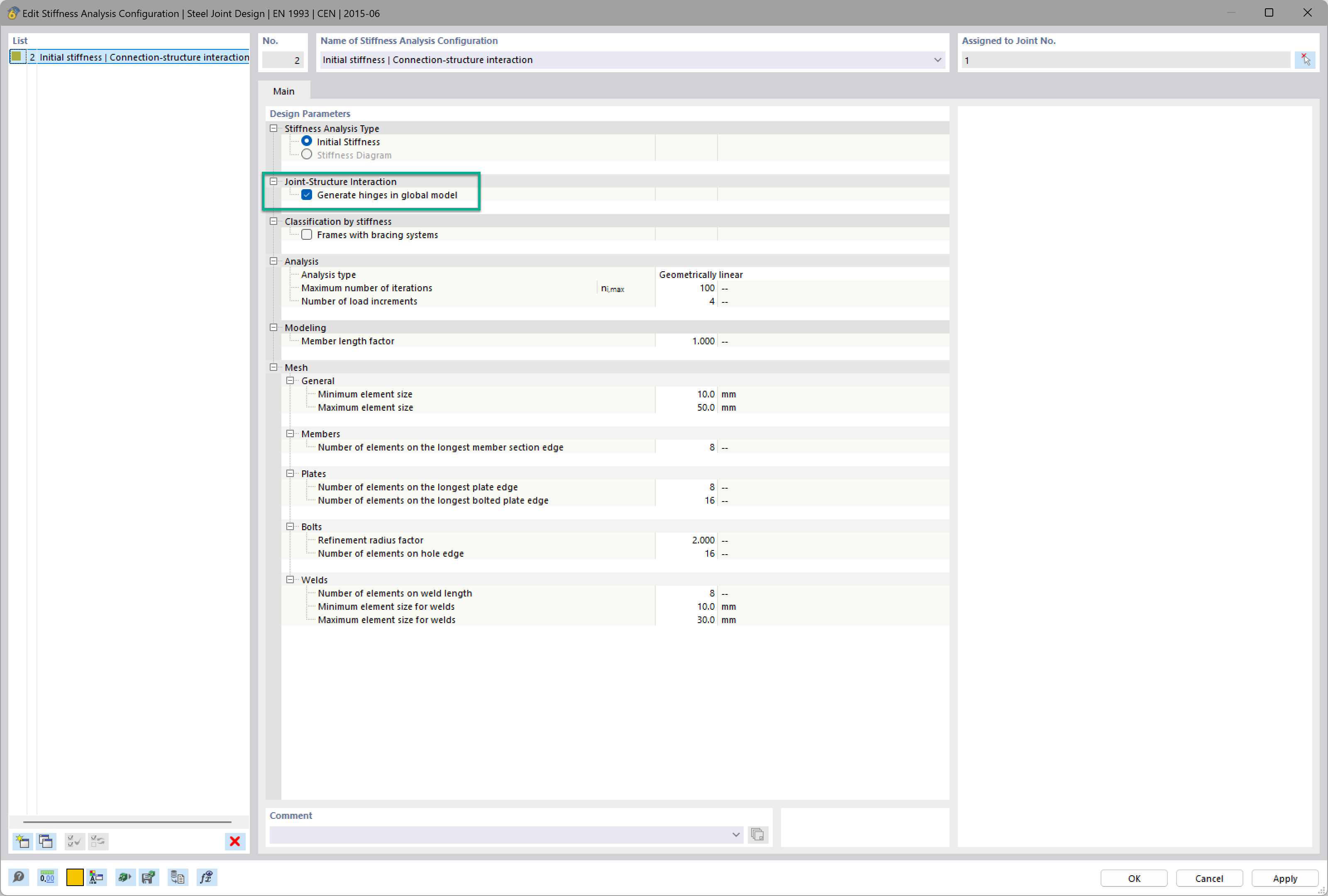
Want to automatically consider steel joint stiffness in your global RFEM model? Utilize the Steel Joints add-on!
Activate joint-structure interaction in the stiffness analysis of your steel joints. Hinges with springs are then automatically generated in the global model and included in subsequent calculations.























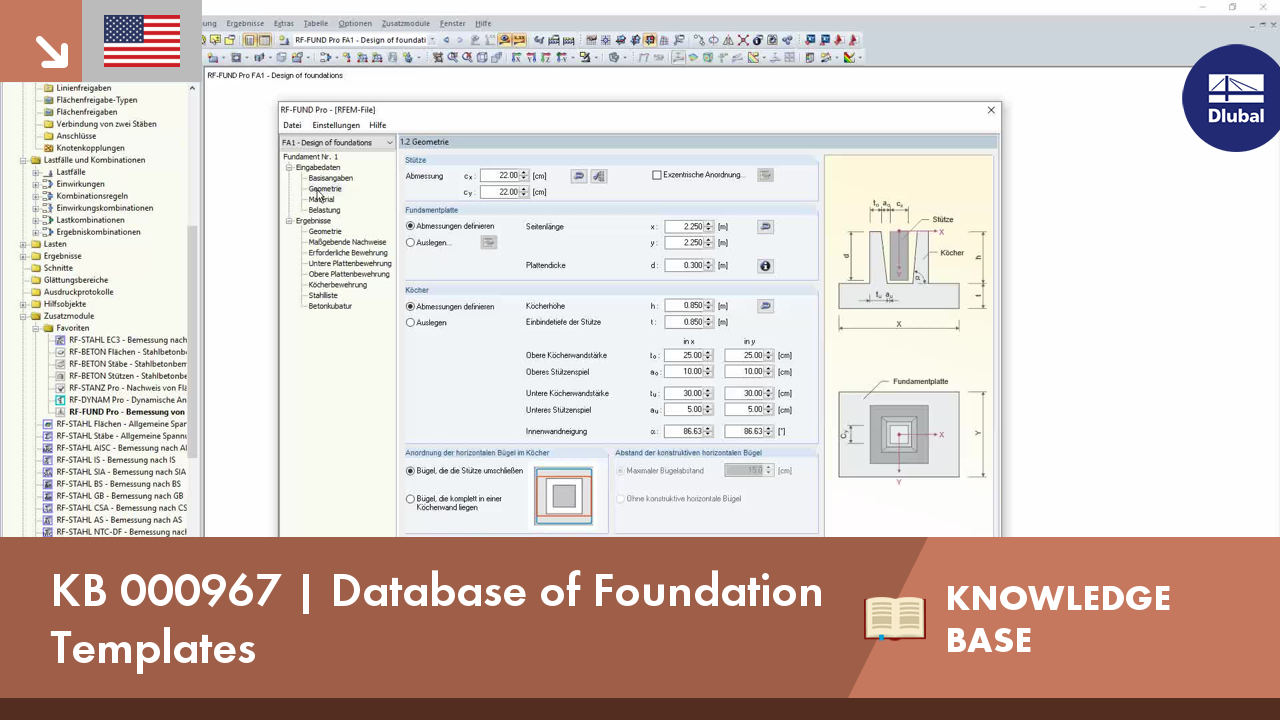

























_1.jpg?mw=350&hash=ab2086621f4e50c8c8fb8f3c211a22bc246e0552)




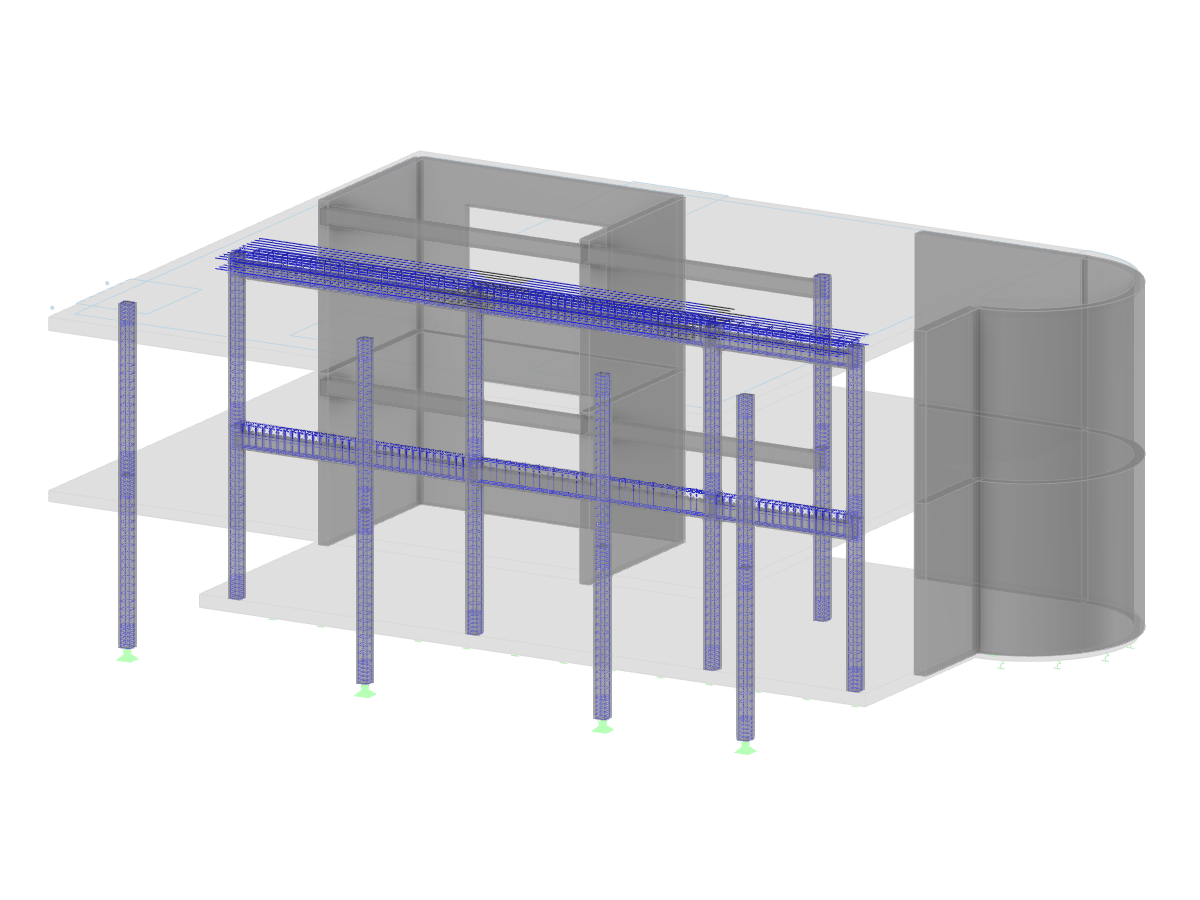
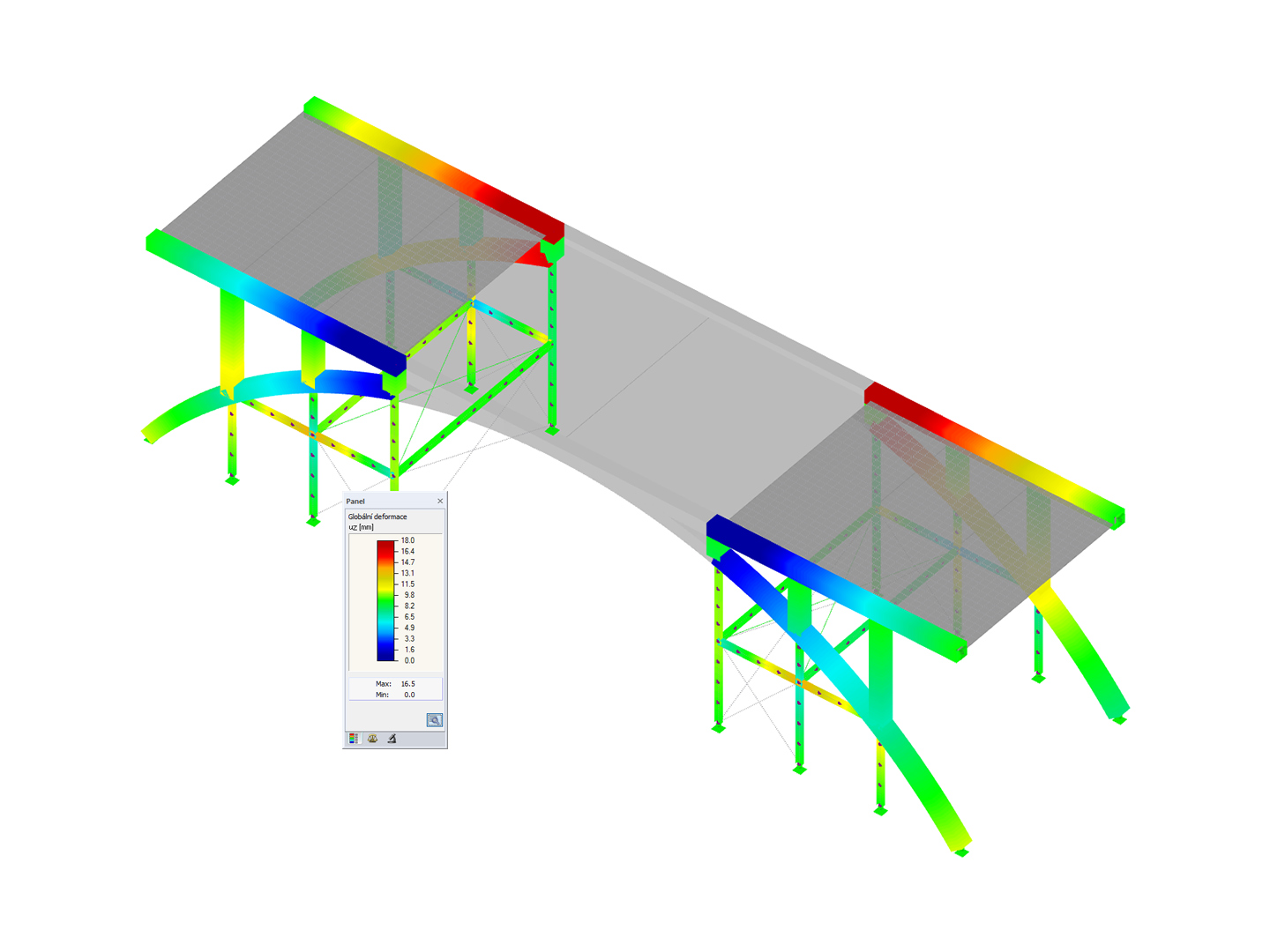
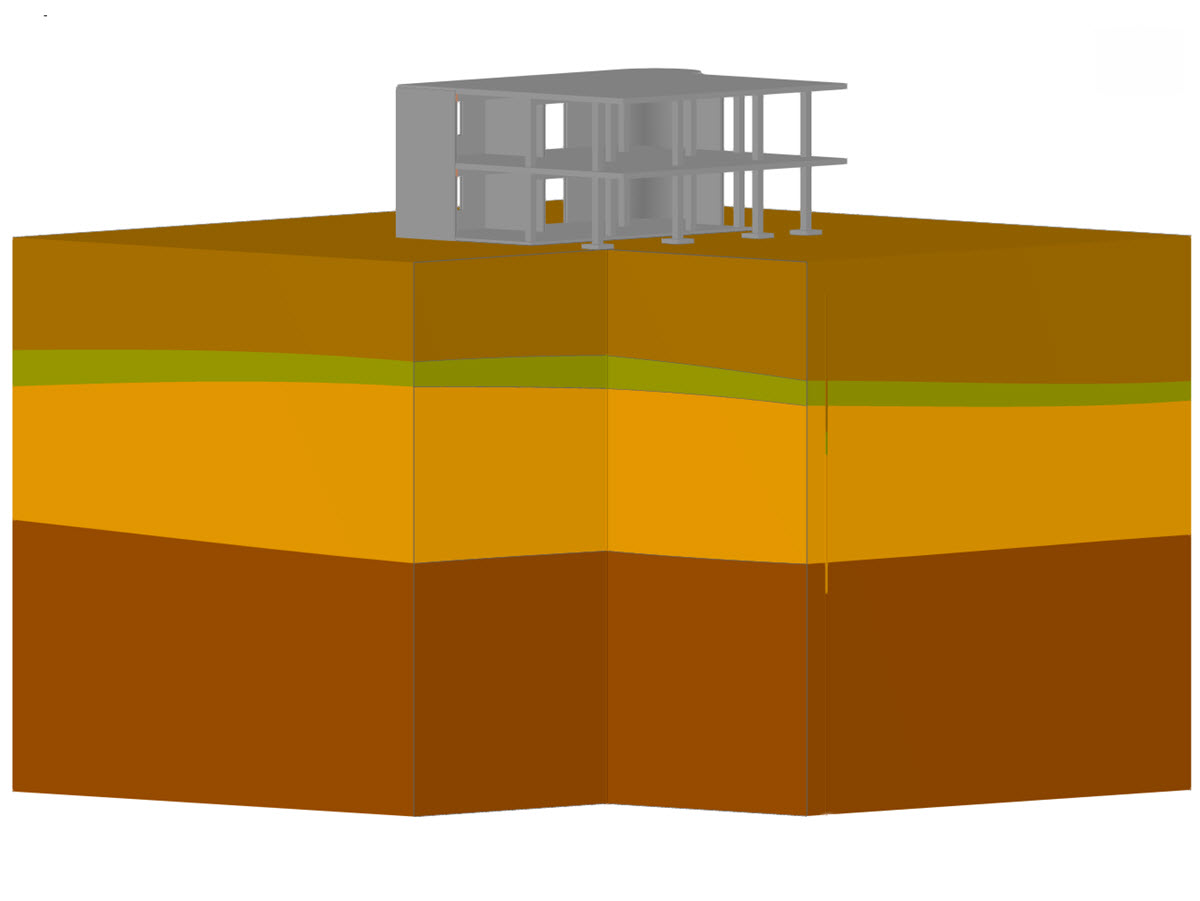
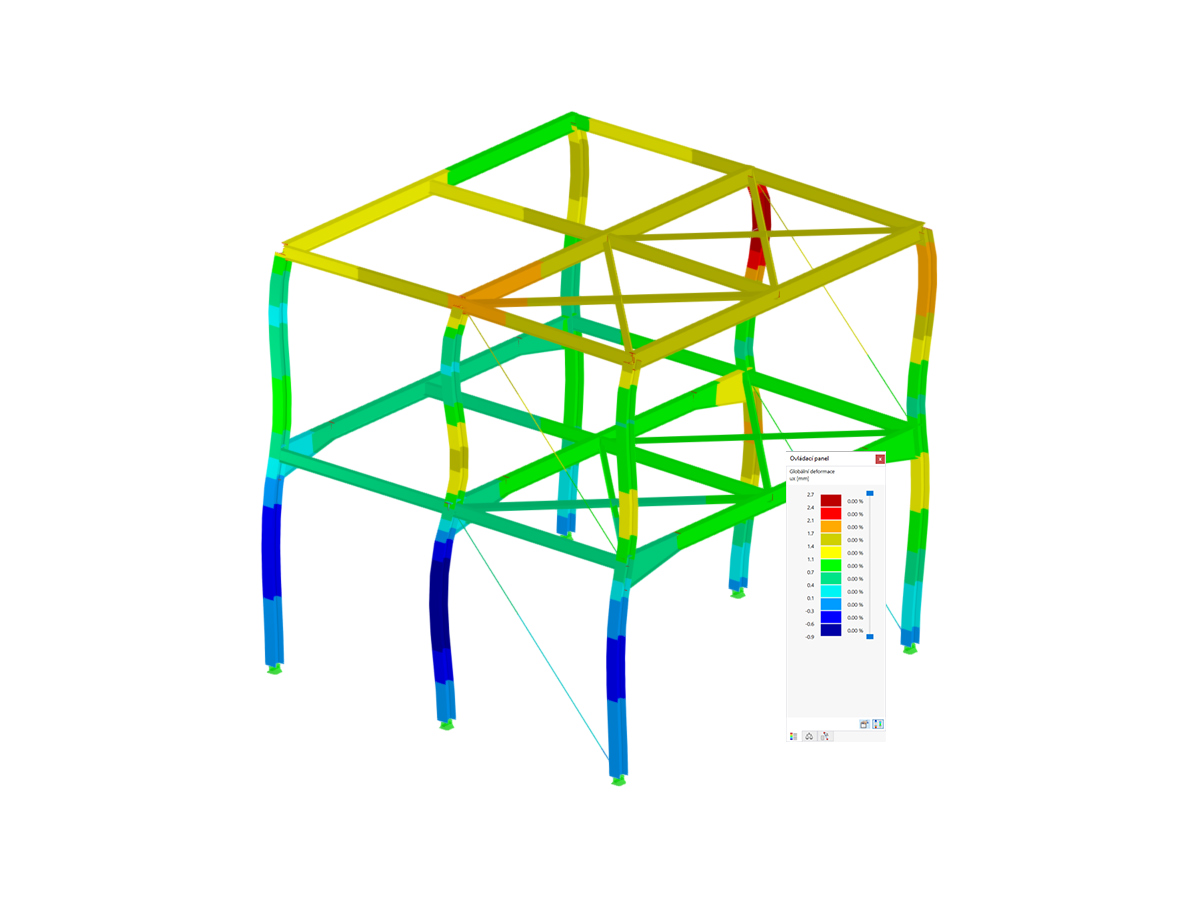
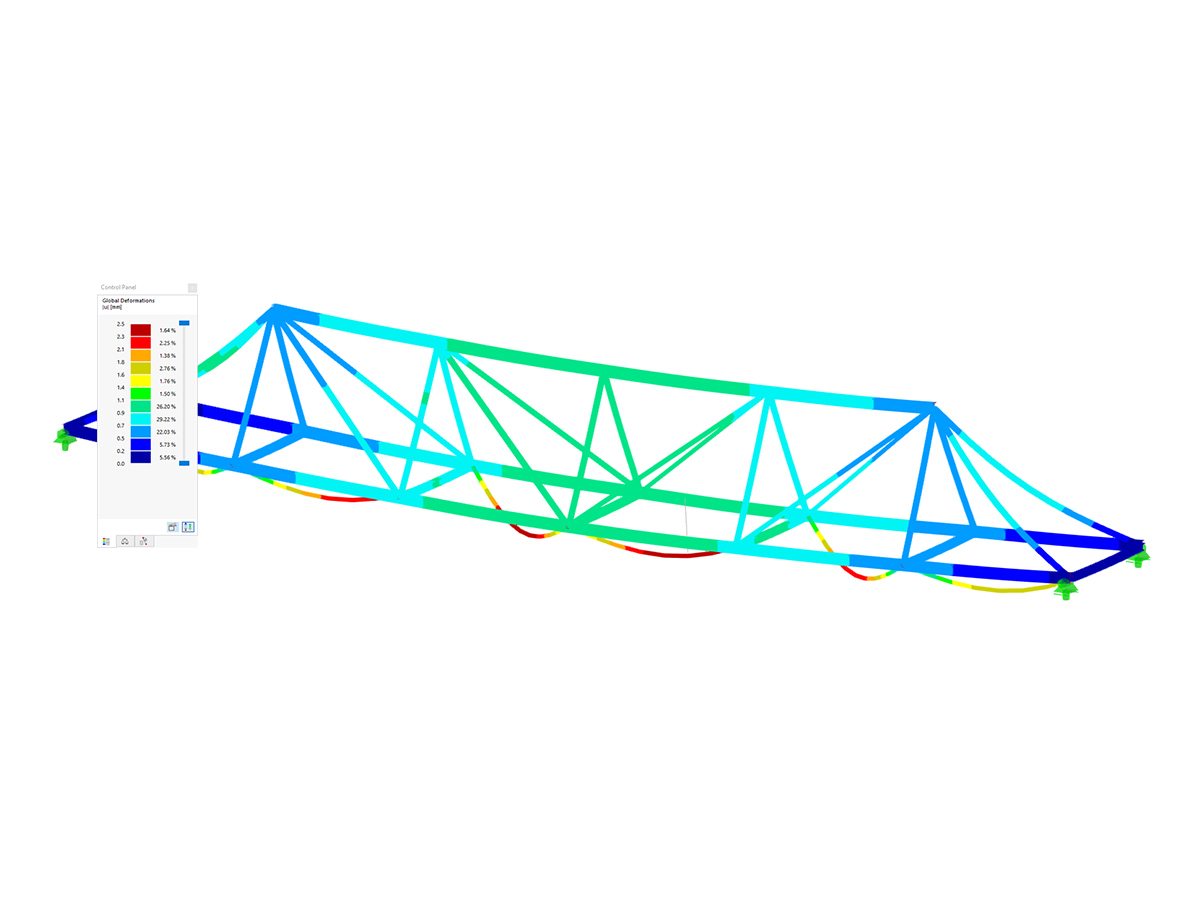
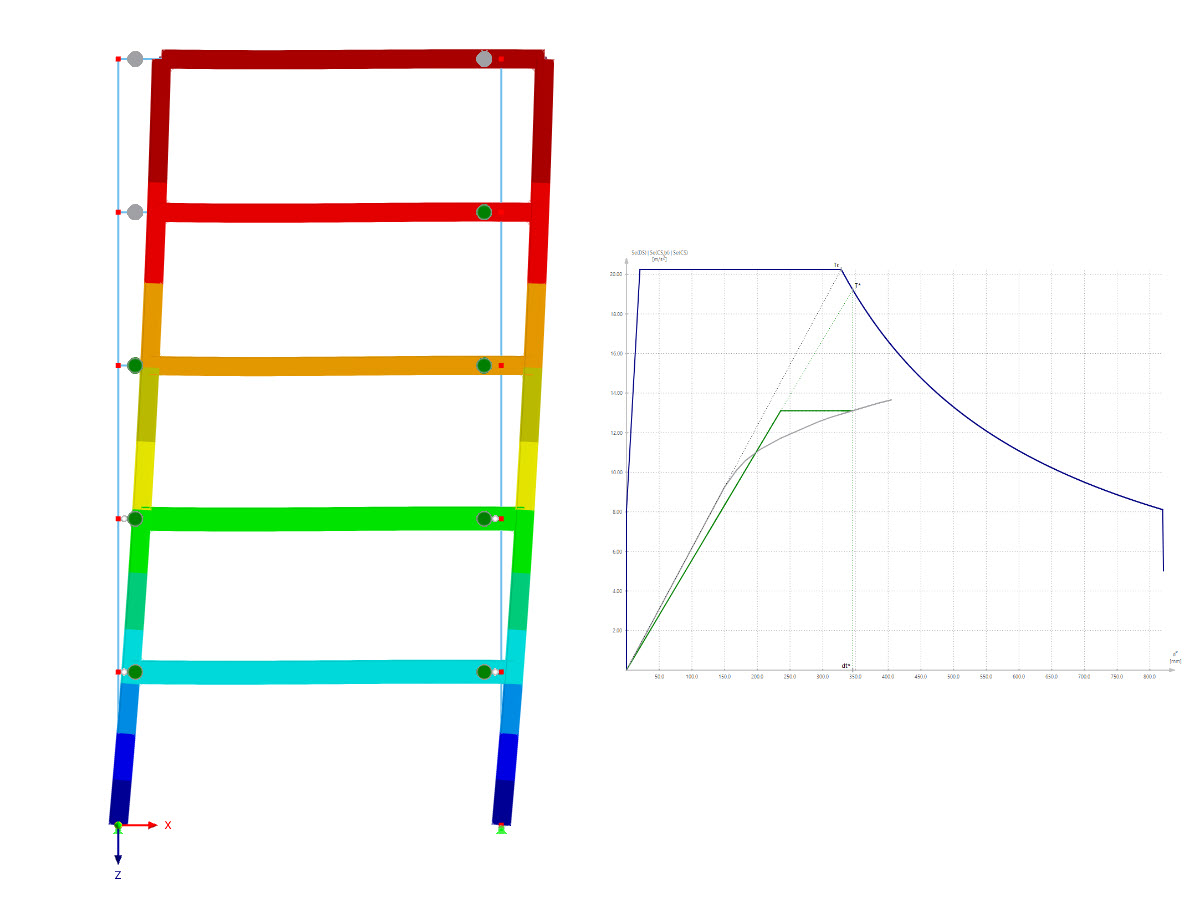

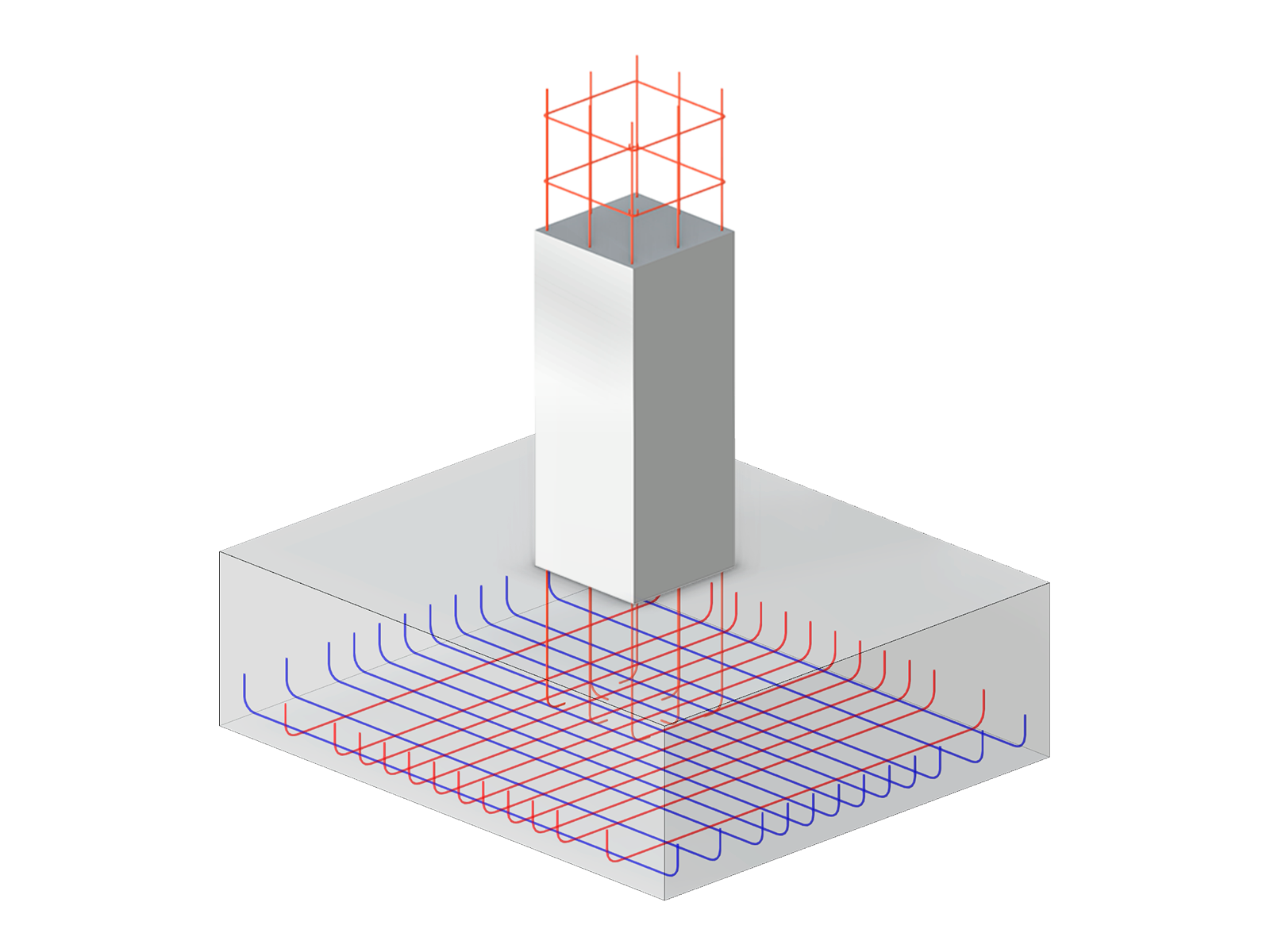
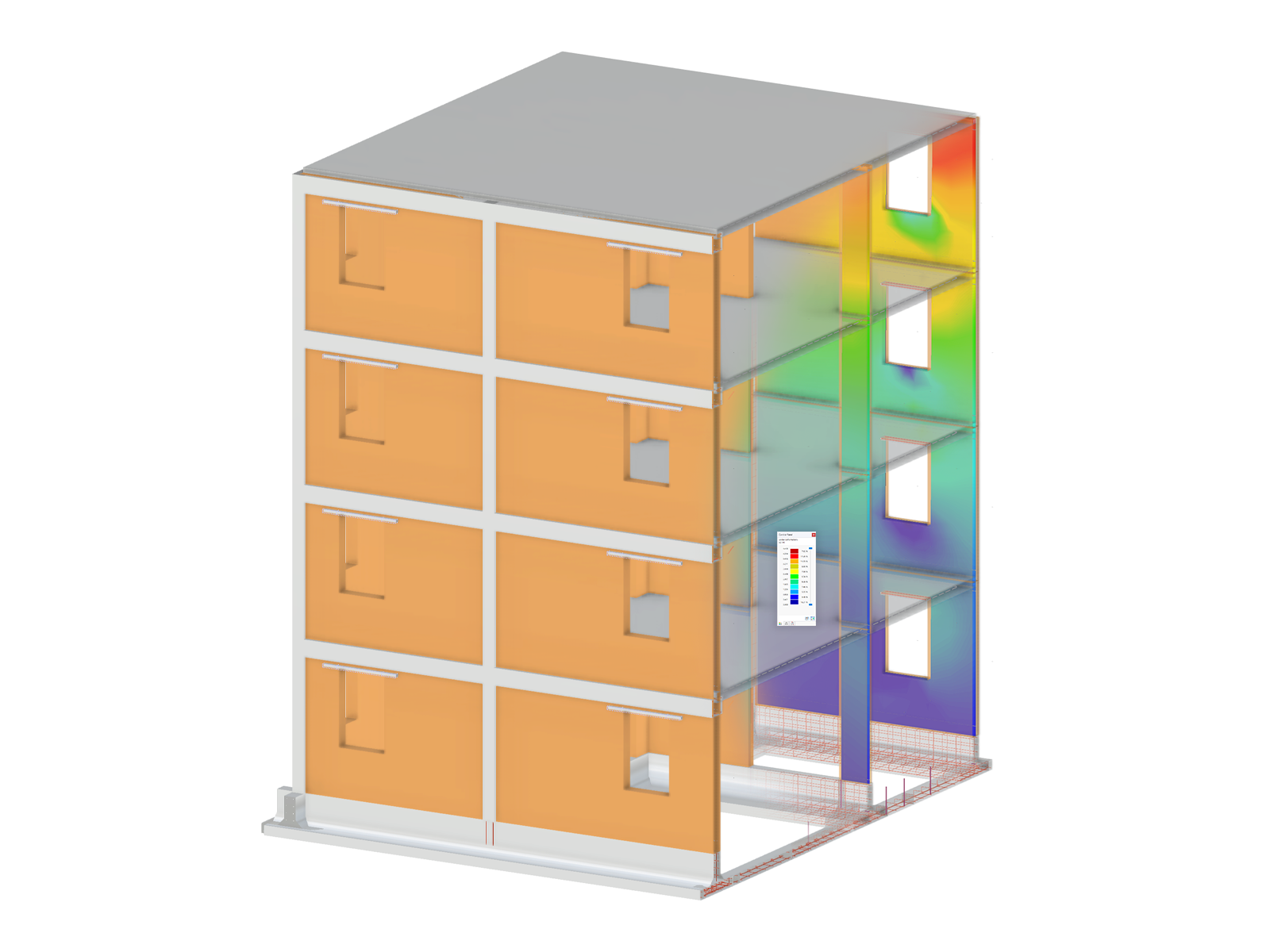

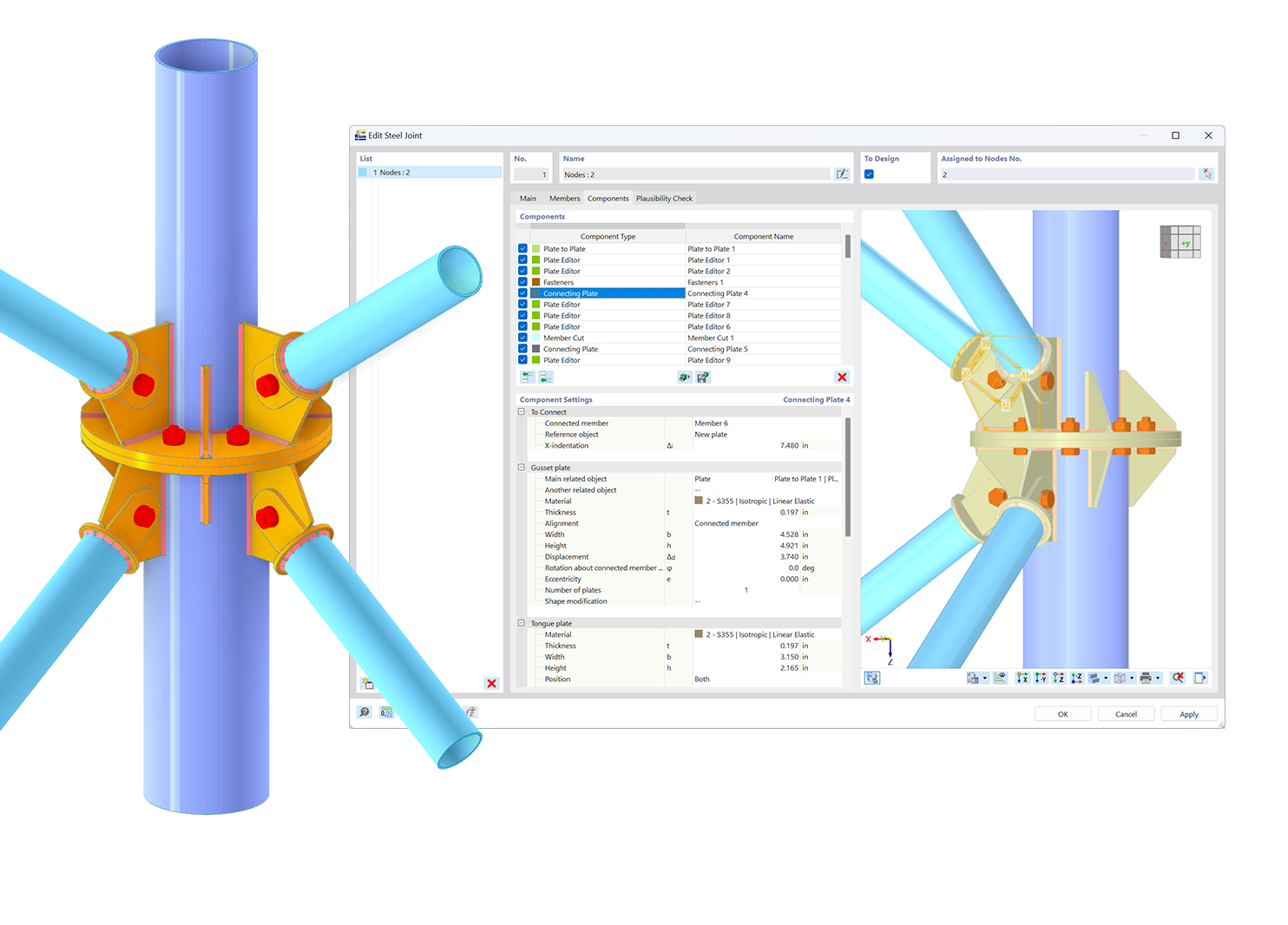.png?mw=600&hash=49b6a289915d28aa461360f7308b092631b1446e)
